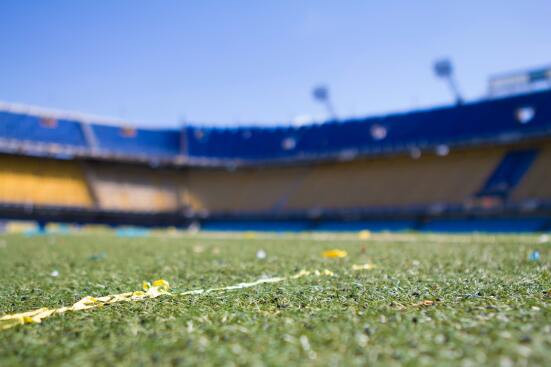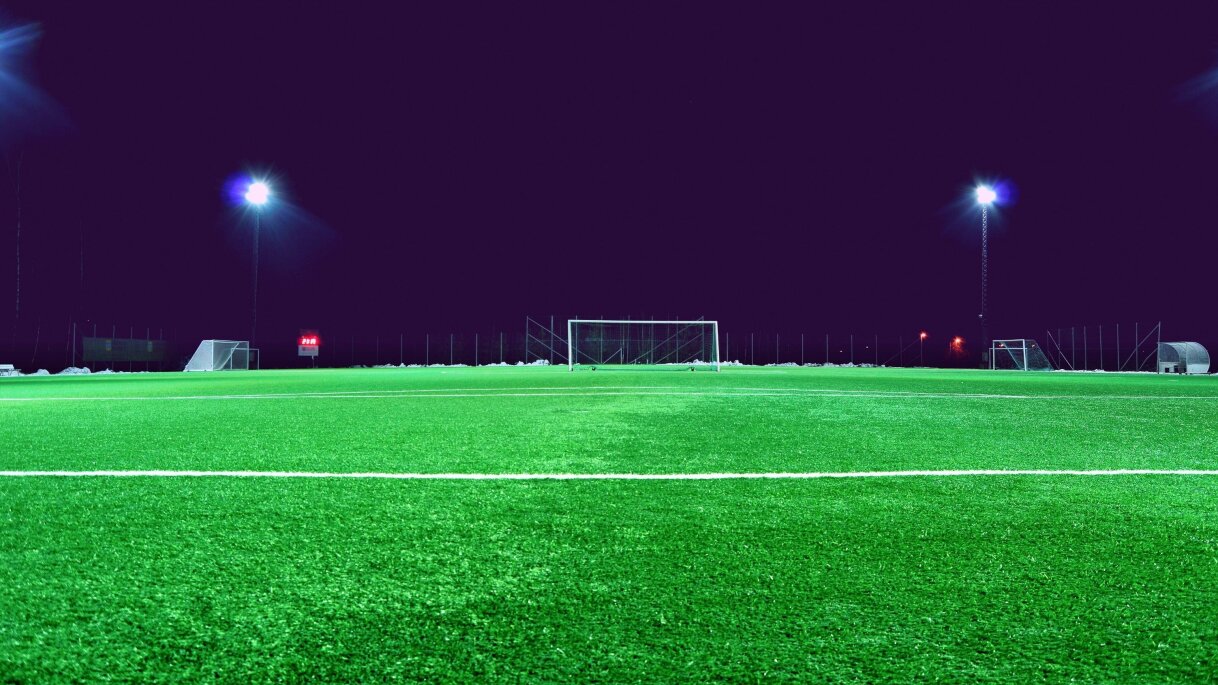How to Maintain a Football Field | Things You Should Know
While injuries on the football field can be very devastating, it is possible to prevent many of these injuries through a proper maintenance plan. Having a good line of communication between coaches and the groundskeeping crew helps to identify problems before they become serious.
Keep mowing well into the fall season to stimulate plant growth and encourage recovery from the abuse of football season. Rotating practice areas also reduces wear and tear, making the field safer for players.

Taking Care of Pests
Football fields require a lot of work. Neglecting proper maintenance throughout the season can result in unfavorable outcomes, both for players on the field and spectators in the stands or watching on television. A good field manager is prepared to tackle challenges that may arise during the season, and he or she has a plan for handling them efficiently.
A common problem for athletic fields is bird droppings. They create a mess on the ground, but their acidic nature can also damage stadium structures and equipment such as lighting fixtures, security cameras, and overhangs. Aim to have a crew on hand to clean up the droppings as soon as possible, to limit both the visual distraction and the health risk.
Another pest that can strike sports venues is rodents. Whether it's moles or gophers, these rodents can chew holes in turf grass and make the area unsuitable for playing. They can also gnaw at wires that power irrigation systems, which can leave the system inoperable when it's needed most.
Ants may be tiny, but they can create huge problems. They live in colonies, so by the time you notice a few of them, there is a whole colony of pests. Don’t try to solve this problem without professionals, as you may make the problem worse. Just remember ants can be a serious threat to your football field.
Work with a team of pest control experts to develop a preventive maintenance program that keeps these unwanted critters away from the field, and be sure to drain and winterize the irrigation system before it goes dormant in the winter.
Scheduling Maintenance
Football field maintenance is a year-round process, not a one-time event. It’s important to plan your field maintenance strategy during the off-season so that it is ready for the rigors of football games and practices. This includes preparing the field with soil and grass treatment, aerating the turf, and treating it for pests.
The grueling demands of a football season can cause serious damage to the field if not properly prepared. The constant pounding of cleats and studs can compact the soil, which can deteriorate or thinning the turf. To avoid this, work with coaches to reduce the wear on certain high-traffic areas by relocating activities to different parts of the field.
Another important consideration is to maintain a regular watering schedule. It gets hot in the summer, and a grass field needs plenty of moisture to keep it lush and healthy.
However, too much water can lead to puddles and dead spots that are dangerous for players to play on. This is why it’s important to have a well-planned irrigation system that evenly supplies your field with water throughout the day. The right amount of moisture will also help prevent weeds and diseases from choking out the grass.
Repairing Damaged Turf
Even the best football fields suffer some damage during and after play. Early spring is an ideal time to fix these areas, and using a pre-blended seeding mixture makes this process simpler and more successful.
This allows the seeds to be placed, rolled, and tamped down before summer stresses arrive. In some cases, the damage is obvious – de-icing salts, household pets, and snow removal equipment leave clear calling cards.
Other causes of bare spots aren't so easy to identify, but investigating the problem is essential for future prevention.
The best way to prevent turf problems is to be proactive from the start by scheduling field maintenance practices. It's important to break a regulation football field into component areas to determine the amount of labor and supplies required to maintain each area.
A field should be broken down into the center playing area, the outer playing area, and the end zones. This will help to determine the type of materials, such as fertilizers, herbicides, fungicides, and weed control products, that are needed.
It will also be easier to determine the amounts of water required for each area. This will help reduce soil compaction and promote a healthy stand of grass.
Aerating the Soil
The heavy use of football fields can cause soil compaction. This hinders healthy growth by decreasing underground air space and preventing the movement of water and nutrients. Regular aeration of the field helps reduce this problem. Aerating also allows the roots of the grass to get more sunlight, which can encourage root growth.
The watering of football fields is also important, and the right amount will depend on the climate as well as the soil texture. For instance, sandy soils have poor water-holding capacity and may require more frequent irrigation. On the other hand, clay soils have good water-holding capacity and can go longer between irrigation cycles.
Wear and damage to the playing surface can't be avoided, but it is possible to limit this by reducing or relocating other sports-related activities to areas of the field that don't receive excessive use. Band and cheerleader practices can be moved to different locations so the field isn't overused in the same areas for a short period of time.
Weed Control
Weeds not only look unattractive, but they can interfere with playing quality and prevent the grass from getting adequate water and nutrients. A weed-free field provides a safer environment for athletes and spectators. In addition, a weed-free field is easier to maintain.
Most sports fields are prone to opportunistic weeds such as knotweed, annual bluegrass, and dandelions. Managing these weeds is an essential part of field maintenance, especially for high-profile football fields.
Preventative measures such as a preemergence herbicide can reduce the need for more serious chemical control. A preemergence herbicide is applied 10-14 days before the weeds germinate, and it is absorbed by the weed's root or shoot to inhibit growth.
A routine mowing schedule, including pre-mow treatments of the weeds, can also help manage them. Pre-mow treatments are applications of herbicide before mowing when the weeds are young and still growing so that the damage to the foliage is limited. A combination of these preventive measures can significantly reduce the need for chemical control.
Fertilizing the Field
Football fields need plenty of nutrients to support the grass’s health and playability. However, applying too much fertilizer can damage the turf or cause it to grow poorly. This is why it’s important to have trained experts overseeing field maintenance.
To determine how much fertilizer to apply, use the results from soil tests and compare them to the recommended rates on the product label. Then, apply the fertilizer using a spreader to ensure even distribution.
If you have a lot of high-traffic areas, consider reducing the amount of wear and tear by limiting the number of games played in these areas. Also, relocate other sports-related activities to these areas if possible.
Closing Remarks
Maintaining a football field essential to ensure the safety of players and keep the playing surface in optimal condition. It requires commitment, dedication, and a deep understanding of proper techniques. With the right knowledge and equipment, you can maintain a safe, playable football field for years to come.
By following these steps and best practices, you can ensure that your football field is properly maintained and ready for whatever comes your way. Whether you’re playing or just spectating, a well-maintained field can make the experience much more enjoyable.
Cover Credits: Pexels.com


.png)


Leave a Reply